I may have caught Joe Russell off guard when I first reached out about chatting for this article. An unpretentious and charismatic guy, he was clear that his bar, Russell’s Tavern, is not the premier mezcal bar in Seattle–or anything of the type. “We never set out to be any kind of bar, other than just a neighborhood one,” he says.
Russell’s was recommended to me by the co-owner of Mocel’s, a Michoacán mezcal brand. It’s one of the few bars in Seattle that carries her bottles. While Russell’s Tavern may not be a mezcal bar, it’s certainly a hotspot for mezcal enthusiasts, as evidenced by their menu featuring more than 200 agave spirits.
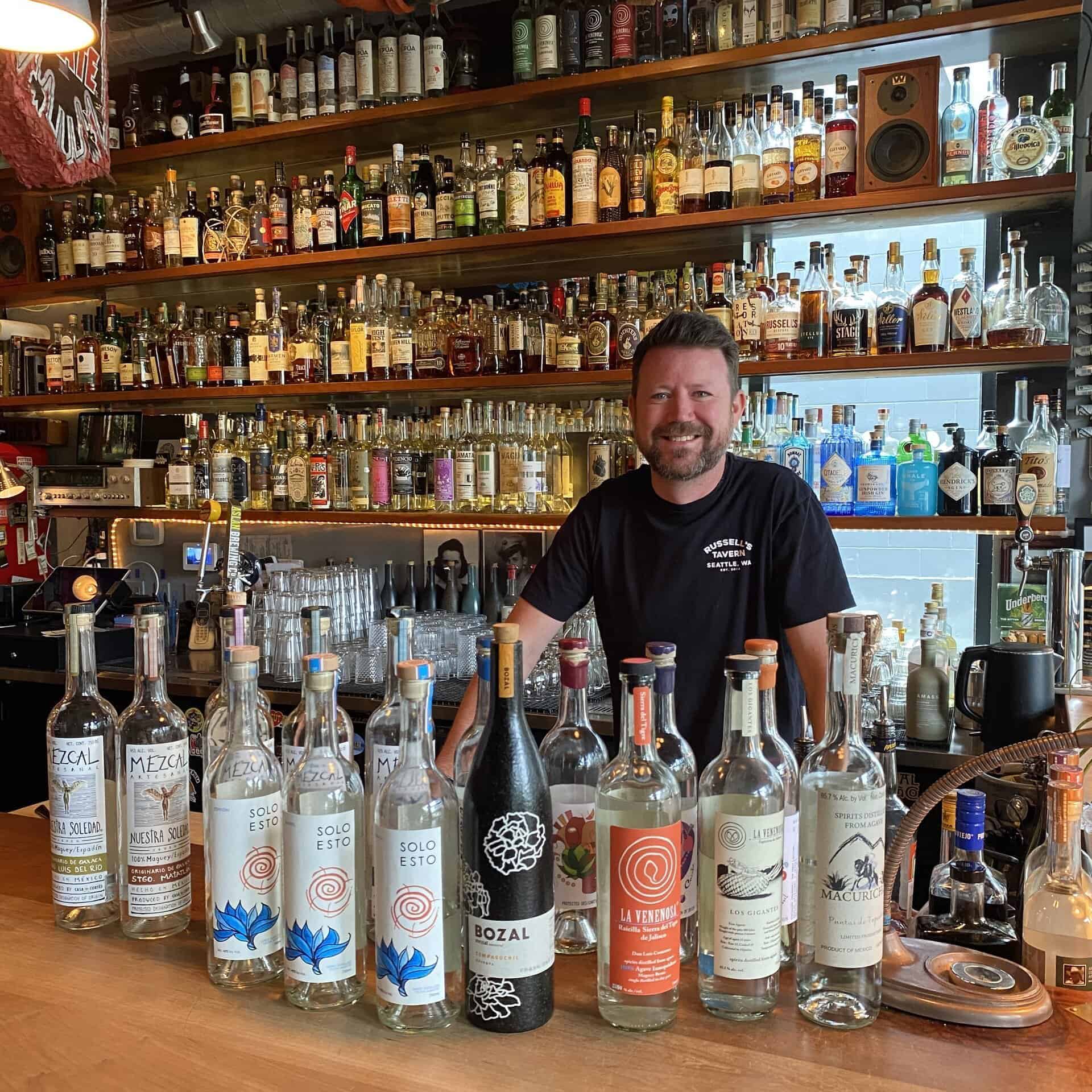
Russell’s is a cozy, homey bar that serves as a gathering space for drinkers in the Wallingford neighborhood. It has all the features of a good local spot, with fun added flair like a retro red refrigerator and Lynchian cocktail menu. (The spring cocktail menu featured the “Firewalk With Me” with tequila, jalapeno guava syrup, lime, and tajin; the “Woman In The Radiator” with gin infused with green tea, pandan, giffard coconut, pineapple, and lime; and the “Damn Fine Cup of Coffee” with vodka, Mr. Black, cherry liqueur, and cold brew.)
Joe has worked in bars for 20 years now and launched Russell’s back in 2014. With 11 years of bar ownership under his belt, he’s experienced a personal mezcal appreciation journey and also seen the interest in the spirit grow exponentially over the years.
“It was really kind of this hidden secret of Mexico. It wasn’t as omnipresent as it is now,” he says of mezcal in his early bar days.
The global mezcal market was valued at $1.14 billion USD in 2024. By 2030, that number is expected to grow to $1.85 billion. The surge in popularity has been attributed to cocktail culture, international expansion, and an increase in ready-to-drink offerings.
A little Seattle mezcal history…
Maggie DiGiovanni, a Seattle-based spirits professional and general manager at Rumba, a downtown Seattle rum bar, echoes Joe’s sentiments. She says that a decade ago, the Emerald City’s mezcal scene was mainly represented by two bars: Barrio and Mezcaleria Oaxaca.
“I think that their discount night really fed the local rise in popularity of mezcal simply by making it more accessible price-wise, while having a killer selection,” she said of Barrio.
Both Mezcaleria Oaxaca and Barrio closed their doors in 2024, leaving a mezcal bottle-shaped hole in Seattle’s agave community. (Notably, Barrio’s sister restaurant, Pablo y Pablo, has absorbed much of the closed bar’s inventory.) These closures make Russell’s vast selection of agave spirits that much more important.
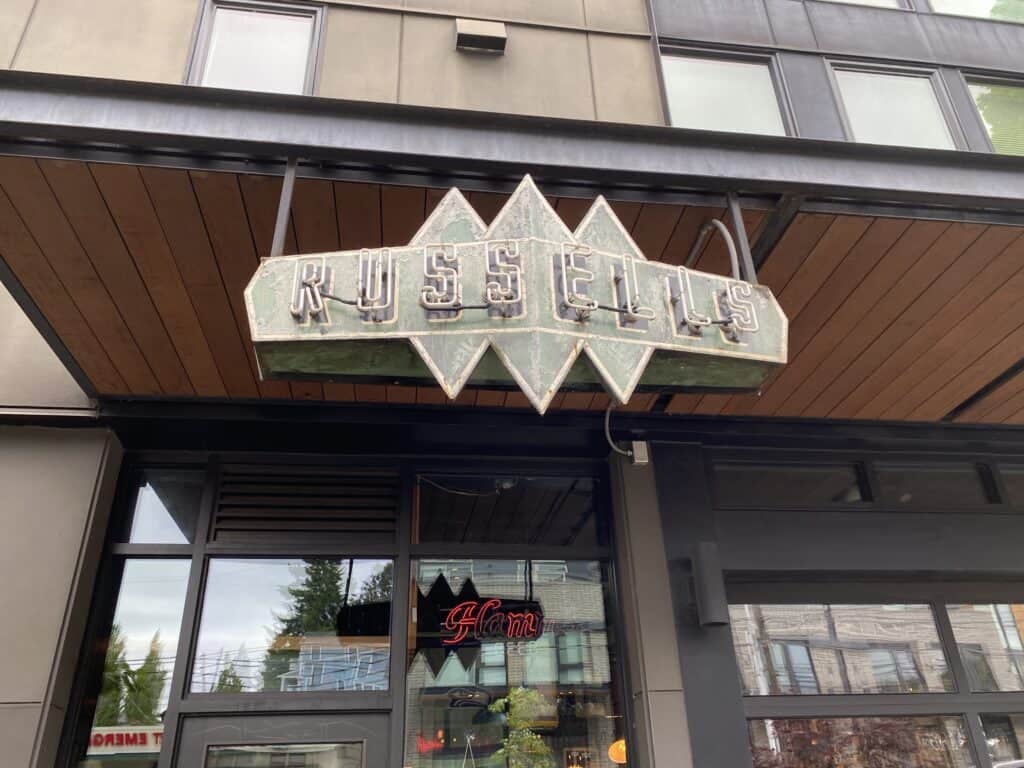
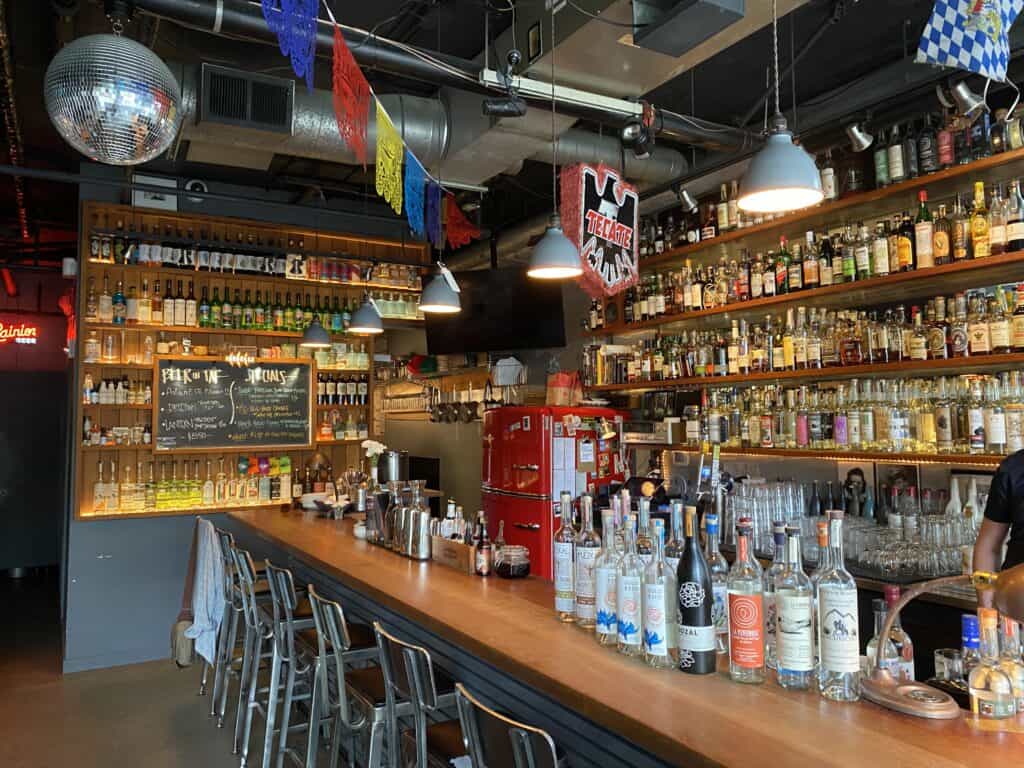
Mezcal cocktails…without pretention
For the past eight years, Russell’s has consistently offered a mezcal cocktail on the menu. Joe notes that mezcal cocktails have made the spirit more accessible to the general public. “It’s tricky cocktailing with mezcal, though. Even cheap mezcal is expensive. But when people come in and they want a mezcal cocktail and are excited about it, they’re willing to pay.”
Joe embraces the curiosity that customers bring. He sees people come in with various levels of understanding about the spirit and says that some people tend to paint with a broad brush when talking about it. “As someone who wants to get people as excited as I am about mezcal and agave spirits, I never want to be pretentious and say they’re wrong,” he says. “I mostly use ‘yes, and’ to offer a different way of thinking about it.”
Getting to know mezcal on the ground
Like many enthusiasts removed from mezcal’s roots, Joe first became interested in the beverage through an interest in tequila. As he became more familiar with the nuances of the spirit, he felt that many bottles masked the agave flavor too much. And then he found Mezcal Vago.
“I don’t remember exactly when, but I know Aquilino García Lopez was still alive,” he recalls. “I had a taste of the Vago Elote and was like, woah. Now we’ve got something different.”
He jokes that he may be the easiest sell in town, but that first taste of Vago Elote kicked off a chain of events that led his bar to eventually offer a massive mezcal selection.
Joe’s life and work may be in Seattle, but he’s furthered his appreciation for the spirit through travel.
“One time I was outside of Oaxaca, and one of the mezcaleros was harvesting a tepeztate. I think the Jolgorio Tepeztate retails under $200, but when I saw the amount of effort that actually went into harvesting, how long the agave took to mature, the work it took to get it off the mountain and onto the palenque, I would believe if it cost $1,000,” he says. “And then for it to make it all the way to Seattle?”
Russells keeps the mezcal appreciation alive through mezcal Mondays, which feature a different lineup each month. Joe says it helps customers focus on different aspects of mezcal and lowers the scope for those who may be overwhelmed by the endless choices.
“Mezcal Monday has really helped turn a lot of our neighbors to mezcal and other agave spirits. We’re continuously acquiring new interesting mezcals and learning about different palenques and mezcaleros,” he explains. “Then we have more people come in who want to learn and be part of the experience.”
I wanted to be one of those people, so I asked Joe to walk me through some of his stand-out choices.
“If the bar was burning down and I only had a chance to grab one bottle on the way out, it’d be the Tio Pedro Tepeztate from El Jolgorio,” he says, pouring me a sip. It’s bright and delightful, even at 11 AM.
He jokes about patrons who will say they know about mezcal and request to not be served an espadín. But Joe is a self-proclaimed tireless supporter of the varietal. Leaning into the approachable aspect of it, Joe likes to showcase the breadth of experience possible with espadíns.
“Now you’ve got someone saying, Maybe I wasn’t wrong, but I wasn’t completely right about what I thought about espadín. There are so many different expressions and varieties,” he says.
He puts a bottle of El Jolgorio Tobala in front of me.
“Here’s a perfect example,” Joe says. “This is 100% Tobala. Same producer and the bottles look almost exactly the same. But the taste and experience is completely different.”
As we go through each of his picks, Joe’s enthusiasm for every bottle shines. He praises each distinct quality and continuously speaks of mezcal’s transportative qualities.
“This one’s got heavy creosote, it feels like dusty, hot Mexico,” he tells me. “I don’t think there is a single spirit–or beverage for that matter–that is more transportative than mezcal.
We talk about Macurichos, Solo Esto, and Bozcal Cempasúchil (which tastes surprisingly like my childhood spent eating those orange and vanilla ice cream cups with the wooden spoons), among other varieties. He clearly tries to strike a balance between overloading me with information and sharing his vast knowledge.
While our conversation highlighted just how much Joe knows about the spirits on his shelf, paired with some hands-on experiences in Oaxacan villages, he maintains his status as nothing more than an enthusiast. He rejects my suggestion that he’s an “educator” for his neighbors and patrons. Instead, he’s just having conversations and exchanging experiences with the community.
Joe has an honest and humble approach to sharing his experiences with me. He doesn’t “fetishize this old man that’s sitting there, the maestro mezcalero” (as Ronda Brulotte spoke of) but knows there’s a much larger picture than what’s in his view, including the hard work of women producers who are rarely lauded for their labor.
“It’s fun watching the mezcaleras get invited to the table,” he tells me. “We had enough women-produced mezcal for every Mezcal Monday during Women’s History Month. People really enjoyed that.”
Joe sends me off by pointing out a bottle of Dixeebe, which is named after the Zapotec word for toasts and gratitude. It’s a fitting end to a morning spent appreciating the finer things in Seattle’s Wallingford neighborhood.
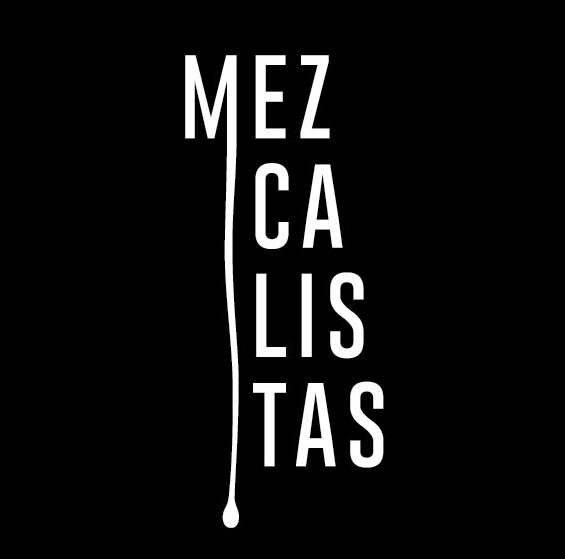
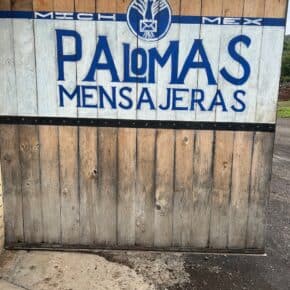
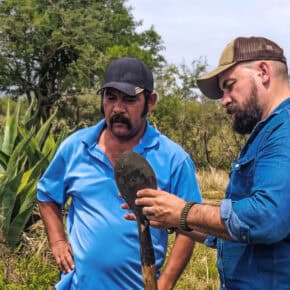
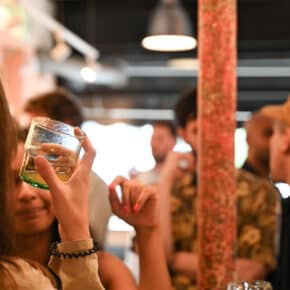
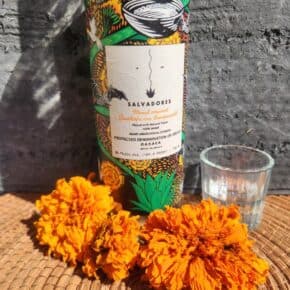
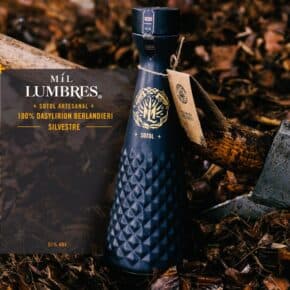
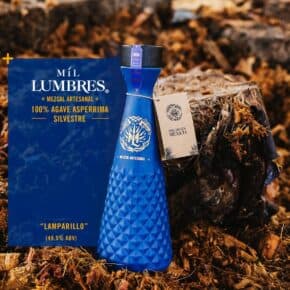
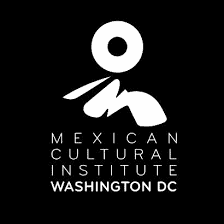
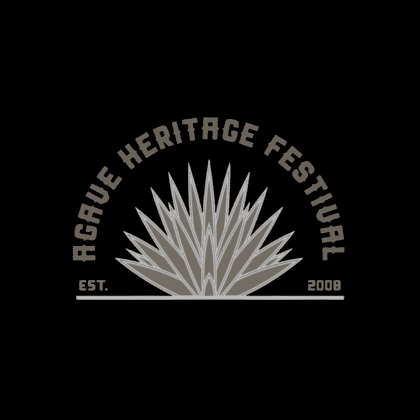

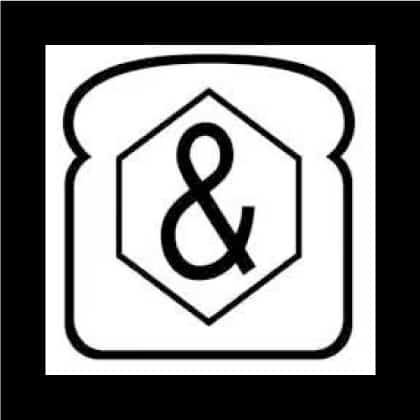
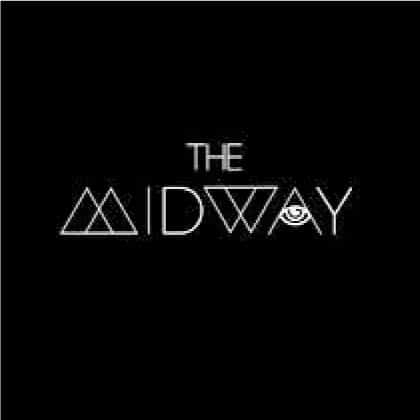
When is the next Monty paw pup?
This place is amazing. Especially Ashley who runs an awesome event called the Monty’s paw pup. Check it out.
Joe! This is so cool! So happy to see Russell’s featured on the blog.
I am a Seattle native, and soon to be permanent resident in Mexico. When I still lived in Seattle, my coworkers and I would often go to Russell’s for drinks after work (we worked at a restaurant nearby). I have lived in Mexico for almost eight years and work at a bar in Puerto Vallarta that specializes in Mexican spirits. I give private tastings there as well. When I meet fans of agave spirits who live in or plan to visit Seattle, I make sure to send them to Russell’s.
Hope you all are doing well, give my love to Ashley 😉
Thank you, Alex! I’m a writer and editor here at Mezcalistas and wondering where you work in Vallarta. I spend a lot of time there and am always interested in covering bars and tastings.
I live in LaPaz,BCS,Mexico now and Mexico since Sept. 2016. I grew up in Seattle in the Ballard district which is next door to Wallingford and Fremont. I have not been to Russell’s but the next time I am in Seattle it will be visited. Here in LaPaz there is a Mezcal bar known as Les Miserable and it is quite the experience whenever I am there. It is a lot of fun and being a Gringo it was easy enough to meet the locals and enjoy a great evening. If you ever get here to LaPaz you must check it out. It is not a big place and definitely not loco like many places in Cabo San Lucas which is about 2 hours south of LaPaz. It is easy to get Mezcal here and many of my Mexican friends treat me to some nice Mezcal they get from the mainland. It is nice to have awesome Mexican amigos, jajaja. Salud!
Thanks so much for your comment and for letting us know about Les Miserable which we will definitely have to to check out. We’ll also add it to our list of Where to Drink Mezcal. Salud!